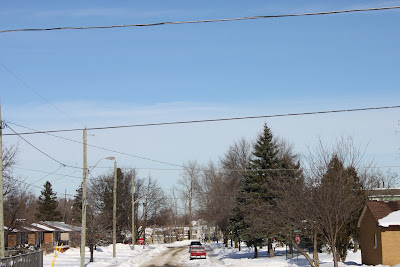Celiac disease, also known as gluten intolerance, is a genetic disorder that affects at least 1 in 133 Americans. Symptoms of celiac disease can range from the classic features, such as diarrhea, weight loss, and malnutrition, to latent symptoms such as isolated nutrient deficiencies but no gastrointestinal symptoms. The disease mostly affects people of European (especially Northern European) descent, but recent studies show that it also affects Hispanic, Black and Asian populations as well. Those affected suffer damage to the villi (shortening and villous flattening) in the lamina propria and crypt regions of their intestines when they eat specific food-grain antigens (toxic amino acid sequences) that are found in wheat, rye, and barley. Oats have traditionally been considered to be toxic to celiacs, but recent scientific studies have shown otherwise. This research is ongoing, however, and it may be too early to draw solid conclusions.
Because of the broad range of symptoms celiac disease presents, it can be difficult to diagnose. The symptoms can range from mild weakness, bone pain, and aphthous stomatitis to chronic diarrhea, abdominal bloating, and progressive weight loss. If a person with the disorder continues to eat gluten, studies have shown that he or she will increase their chances of gastrointestinal cancer by a factor of 40 to 100 times that of the normal population. Further, gastrointestinal carcinoma or lymphoma develops in up to 15 percent of patients with untreated or refractory celiac disease. It is therefore imperative that the disease is quickly and properly diagnosed so it can be treated as soon as possible.
*********************************************************************************
Digestion problems and abdominal distress, a dirty little secret. You may know of people that are close to you that are suffering, but you are unaware. Why, because these issues are found to be embarrassing and people are unwilling to discuss these problems.
20 yrs ago I was diagnosed with Irritable Bowel Syndrome (diarrhea/constipation/flatus/bloating-abdominal distress) and 40 yrs ago I developed digestion problems. I've had numerous doctors tell me that I don't have celiac disease. Over the past 2 yrs the digestion and abdominal distress got worse. I was unable to digest meat without stomach pain, then became lactose intolerant followed by egg intolerance. The decision to become vegan was made for me. Within the first 3 months, the joint and muscle pain eased along with some slight decrease in the digestion/abdominal distress problems.
I used seitan as a dietary source of protein. The abdominal distress became worse. I began researching the possible celiac connection after my neurologist suggested it as there was nothing to determine why I was having tingling and twitching in my legs and an intermittent left facial droop.
I've decided to try a gluten free diet and see if there is an improvement(note-that gluten withdrawal does have side effects).
In the first 24 hrs the abdominal distress was reduced and I went from 5-7 trips to the washroom to just 2. Day 2, same with a little more energy. Day 3, More energy, some stiffness(possible side effect) and was able to be out to the grocery store. Day 4, migraine with upper neck and back tension(another withdrawal effect). But I recovered in 12 hours, feeling clear headed without stiffness or pain.
It has been noted that gluten binds with opiate receptors in the brain which contributes to the withdrawal symptoms.
I'm going to continue with the gluten free regimen for a couple of weeks and take my findings to my physician. I realize when I do go for any testing I'll need to do a gluten challenge.
Good news my local grocery store has Bob's Red Mill products!!
They also sold a Gluten Free Buckwheat pancake mix by Bob's Red Mill.
I bought both and made some pancakes, they were very good. I replaced the egg with Egg Replacer.
Bob's Red Mill has a huge selection of Gluten Free products. When I'm up to it I'll be checking them out at my nearest natural foods store. If they don't have what I need I can order on-line from Bob's Red Mill.
I've got an idea about making a crepe from the pancake mix and filling it with bananas, mango and pineapple with orange "cream" using soy. Thank heavens soy is not a problem.
Going vegan the digestion and abdominal issues were more clearly revealed. This in turn may truly turn my health around.
GO VEGAN!










